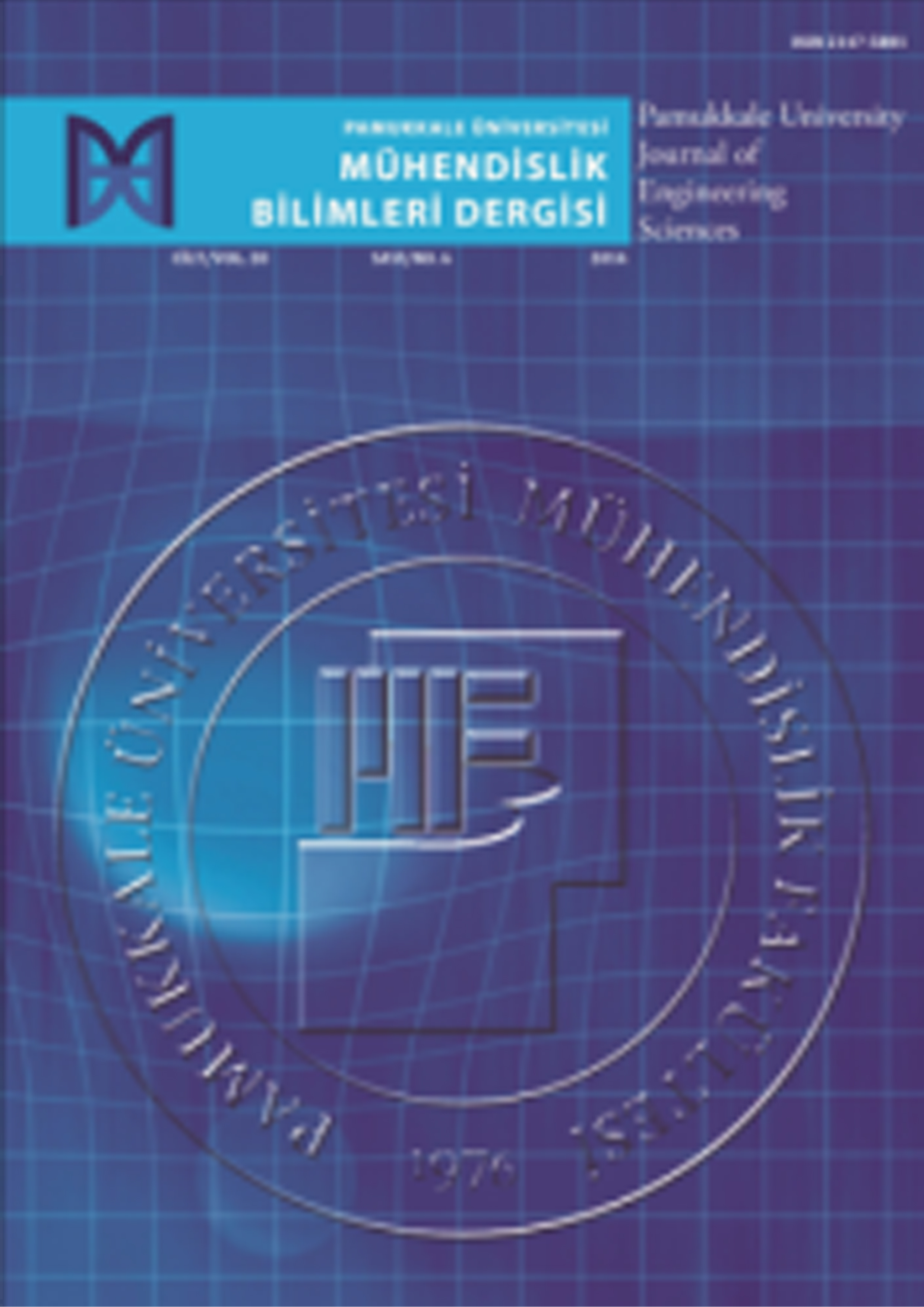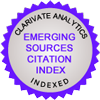Histopatolojik Görüntü Sınıflandırması için Açıklanabilir Derin Öğrenme Yöntemi: Transformer Tabanlı FNet Mimarisi ve LIME Metodunun Kullanımı
Delal Şeker1, Aslı Akhan2, Abdulnasır Yıldız11Dicle Üniversitesi Elektrik Elektronik Mühendisliği Bölümü2Selahaddin Eyyubi Devlet Hastanesi
Çalışmanın amacı, Fourier Net (FNet) mimarisi ve Yerel Yorumlanabilir Model-Agnostik Açıklamalar (LIME) yöntemi kullanılarak tıbbi görüntülerde kanser tespitini geliştirmektir. FNet mimarisi, yüksek boyutlu görüntülerden ve anatomik temsillerden öne çıkan özellikleri başarıyla çıkarma yeteneğine sahiptir. Öte yandan, LIME, modelin kararlarını yorumlanabilir hale getirmek için kullanılan bir algoritmadır. Mevcut verilere FNet mimarisi uygulandıktan sonra, modelin görüntülerden anlamlı sonuçlar üretip üretmediğini değerlendirmek amacıyla LIME açıklanabilirlik yöntemi uygulanmıştır. Önerilen algoritma, derin öğrenme teknikleri kullanılarak kanser türlerini belirgin ve güçlü özelliklerle temsil etmektedir. Ayrıca, LIME yorumlamasından elde edilen sonuçların doğruluğunu kanıtlamak amacıyla uzman bir patolog tarafından ek bir değerlendirme gerçekleştirilmiştir. Bu sayede, tıp uzmanları ve araştırmacılar, FNet ve LIME kullanılarak geliştirilen bu yöntemin kanser teşhisinde daha yorumlanabilir ve etkili bir yaklaşım sağlayıp sağlamadığını değerlendirebileceklerdir. Önerilen çalışma, doktorlar ve patologların histopatolojik doku görüntülerini değerlendirmesine yardımcı olacak etkili sistemlerin geliştirilmesi için bir temel oluşturmaktadır. Ek olarak, bu çalışma makine öğrenimi yöntemlerinin güvenilirliğini artırmayı amaçlamaktadır.
Anahtar Kelimeler: FNet, açıklanabilir yapay zeka, akciğer kanseri, kolon kanseri, patolojik değerlendirmeA Deep-XAI Method for Histopathological Image Classification: Utilizing Transformer based FNet Architecture and LIME Method
Delal Şeker1, Aslı Akhan2, Abdulnasır Yıldız11Department Of Electrical And Electronics Engineering, Dicle University2Selahaddin Eyyubi State Hospital
The purpose of the study is to improve the cancer detection in medical images using the Fourier Net (FNet) architecture and the Local Interpretable Model-agnostic Explanations (LIME) method. The FNet architecture excels in extracting features from high-dimensional images and anatomical representations. LIME, on the other hand, is an algorithm to make the model's decisions interpretable. After applying the FNet architecture to the existing data, the LIME explainability method has been applied to determine whether the model outputs meaningful results from the image. Using deep learning techniques, the proposed algorithm represents cancer types with distinctive and robust features. An additional assessment by an expert pathologist was carried out to prove the results obtained after the LIME interpretation. Thus, medical professionals and researchers will be able to evaluate whether this method developed using FNet and LIME can provide a more interpretable and effective approach to cancer diagnosis. The proposed study lays the foundation for developing effective systems that assist doctors and pathologists in evaluating histopathological tissue images. Additionally, this study aims to enhance the reliability of machine learning methods.
Keywords: FNet, explainable artificial intelligence, lung cancer, colon cancer, pathological assessmentMakale Dili: İngilizce





